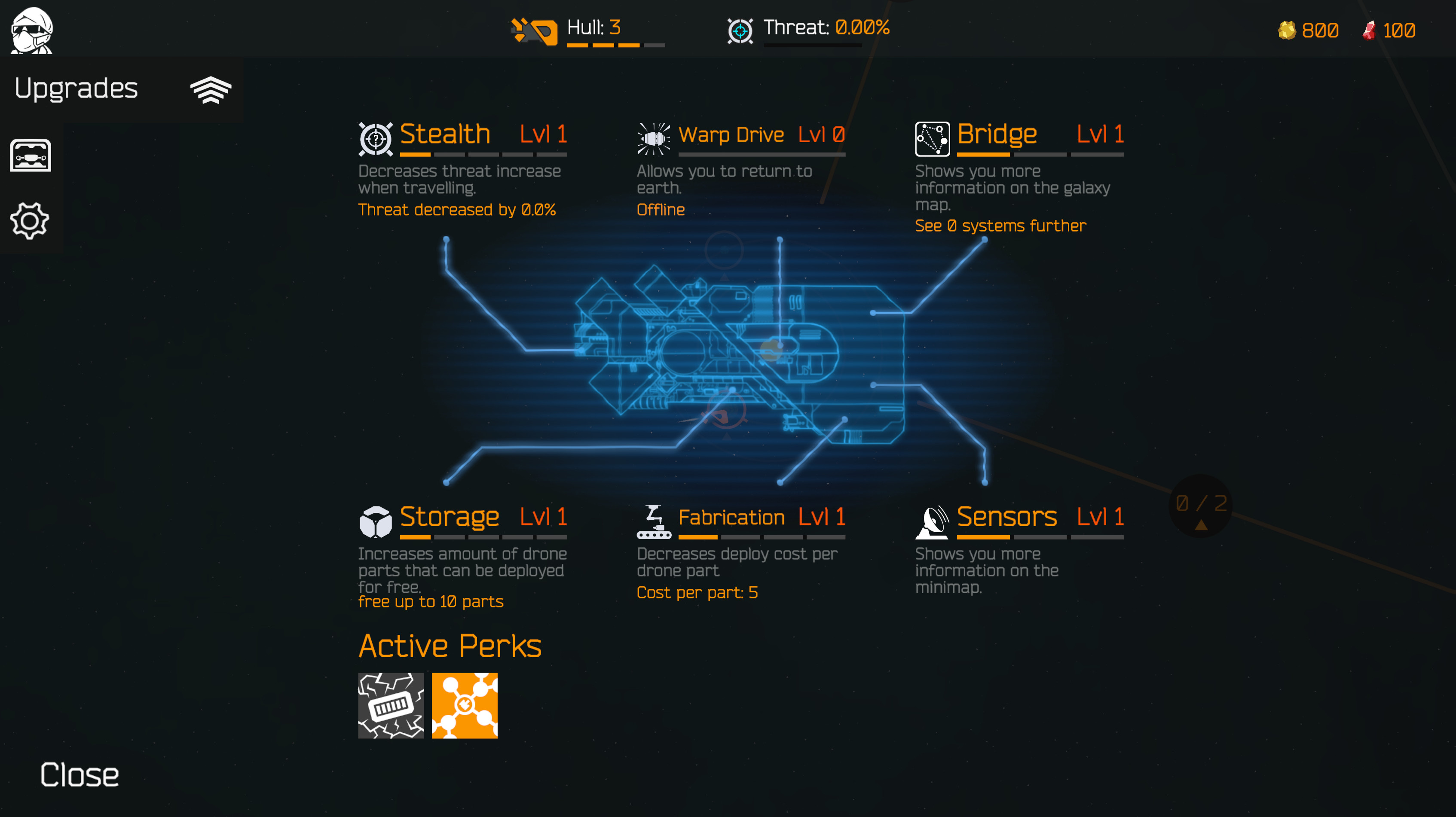



Most parts have the same maximum/minimum temperature points, save armor when set to "heat resistant", which has more heat capacity, or "cold resistant", which can handle even more negative temperature points. Afterwards, it takes that and compares it to the max points it can hold and creates a percentage, and if the percentage is beyond 100% it's set on fire and is dealt damage over time, or if below -100% it's frozen and becomes functionally inoperable until it's destroyed or replaced via factory. Temperature points are added or subtracted from a base of 0 (10 degrees c), and from there it's copied across to the next block, and so on so forth across the entire drone. What I think is happening, there's a "temperature points" sort of system, where At least, that's how it feels, but you can probably quote me on that for now and I'll own up to it. Will directly clone itself onto adjacent, immediately touching blocks. What will happen from this point is the temperature Whatever the issue, you now have a block that isn't 10 degrees celsius (the normal temperature of a drone). Maybe you flew into the core of a magma world, maybe you ran over a lava geiser, maybe even a meteor happened to hit you while you were flying around, or maybe your logic went all screwy and set off your coolers and heaters and now your drone is a remix of Spiderman and His Amazing Friends when they first meet each other. First, you're hit with a temperature change of some sort. When dealing with temperature changes, here's something you should know: Temperature is really, really weird right now. Temperature, unlike Armor Weaving, is a newer Nimbatus feature that forces you to make sure your drone doesn't go up in a blaze of magma-y glory or freeze and permanently disable your thrusters until you restart or regen your thrust with factories (although your factories will be disabled too, most likely.) Notice here how, if the parts were rotated correctly, they would create an interlocking section that would assist in holding the 2 "arms" together, allowing massive amounts of armor and saving space (and graphics) from shields. This allows you to create replicating fuel holds that can hold and eventually dump fuel tanks, create turret wells to have mutliple weapons aiming in a spread in a single direction, have ammo racks that hold TNT missiles (although this functionality can be replicated by a Factory, this allows multiple missiles along the same chain to be sequentially fired from a large clip) to be fired, have missile-guiding barrels, or even just reinforce massive or long wobbling structures so they are more rigid and less likely to snap in half when going too fast in a direction. This is the act of creating interlocking sections, which causes multiple strands of connections to pull and tug on, and ultimately reinforce, those connections in a way that stops large drones from collapsing while allowing them to have massive holes in its internal area. Will return stability.While picture may appear from Demo, this doesn't hurt the guide as these methods will always be relevant until something silly like connecting one part to multiple other parts happens. Most stable, followed by connections to decoupled decouplers and decoupledįactory-printed parts connected immediately after the factory.Īny gaps in connections will cause additional instability, but filling in gaps =Before anything, it's important to remember these facts=-Ĭonnections directly to the drone core will always, with 0 exceptions, be the However, know that all missions will be discussed individually, and armor will This guide will focus primarly on building methods over individual missions. Physics engine at large to help you make informed designing decisions. Various mission types, but also core armor mechanics and information on the In this guide, you will learn not only about appropriate armor formats for

Nom du fichier : Nimbatus: The Space Drone Constructor Cheat Codes - Auteur : ANO.


 0 kommentar(er)
0 kommentar(er)
